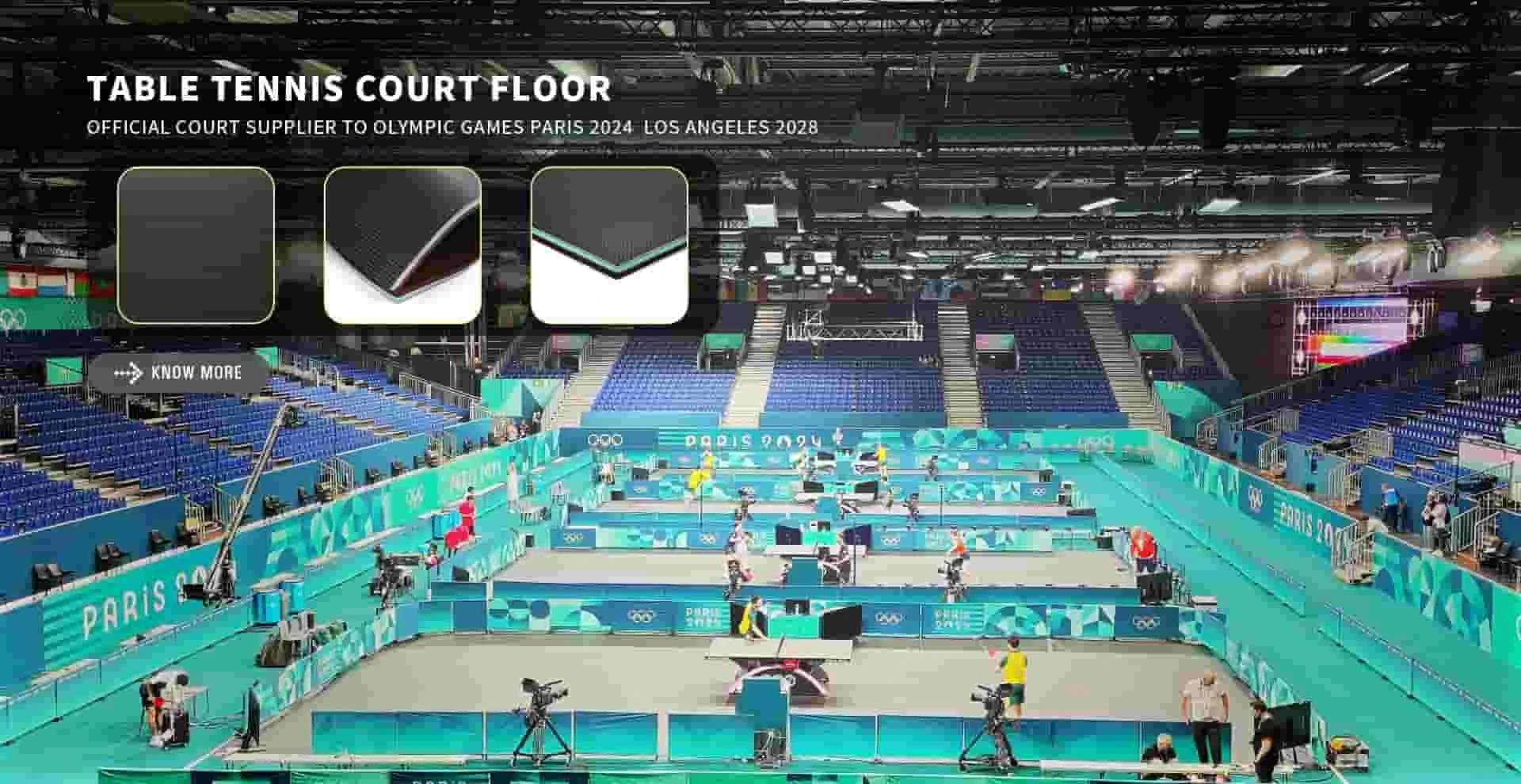Dec . 01, 2024 12:36 Back to list
Guide to Installing a Basketball Court Floor Efficiently and Effectively
Basketball Floor Installation A Comprehensive Guide
Basketball is one of the most popular sports worldwide, and whether you're setting up a new court for a professional team, recreational facility, or home gym, installing a basketball floor is a crucial step toward creating a high-quality playing experience. The choice of flooring can significantly impact the performance, safety, and overall enjoyment of the game. In this article, we will explore the various aspects of basketball floor installation, including types of flooring materials, preparation, installation steps, and maintenance.
Types of Flooring Materials
Choosing the right flooring material is paramount for the success of a basketball installation. The most common options include
1. Hardwood Traditionally, hardwood floors have been the choice for professional and collegiate basketball courts. They provide excellent durability, aesthetic appeal, and optimal playability due to their natural shock absorption and traction. Species like maple are often used due to their hardness and resilience.
2. Vinyl Vinyl flooring offers versatility and is becoming more popular, especially in community centers and schools. It is a cost-effective option that provides good traction and is easy to clean. Moreover, vinyl can mimic the appearance of hardwood without the associated price tag.
3. Rubber Rubber floors are known for their durability and shock absorption. They are ideal for gyms that accommodate various sports but may not provide the same level of ball bounce as hardwood or vinyl.
4. Synthetic Options Advanced synthetic materials designed to mimic traditional surfaces are also available. These options can provide high levels of performance while being easier to maintain and often more affordable.
Preparing for Installation
Before installing the basketball floor, proper preparation is essential. Here are the key steps
1. Choose the Right Space Ensure that the selected area meets the required dimensions for a basketball court. Standard court dimensions are 94 feet long by 50 feet wide for professional play, but community and recreational courts can vary.
2. Subfloor Evaluation Assess the subfloor for levelness and moisture content. A concrete subfloor is common, but it must be properly cured and allowed to settle before installation. Any imperfections need to be addressed to prevent issues down the line.
basketball floor installation

3. Climate Control Consider the climate of the installation area. Basketball flooring can expand and contract with temperature and humidity changes, so maintaining a stable environment is crucial.
Installation Steps
Once the preparation is complete, the installation process can begin. Here are the general steps to follow
1. Acclimation If using hardwood or any other solid material, allow the wood to acclimate to the room's temperature and humidity for several days before installation. This helps prevent warping or buckling.
2. Lay the Underlayment Install a suitable underlayment to provide cushioning and support, especially if using hardwood. The underlayment can help absorb shock and reduce noise.
3. Mark the Court Before laying down the flooring, accurately mark the court lines and boundaries based on the chosen design. This step ensures that the installation aligns with official sports specifications.
4. Install the Flooring Depending on the chosen material, the installation method will vary. For hardwood, planks can be nailed down or floated. Vinyl flooring may be rolled out and adhered with glue. Ensure that seams are tight and that the surface is level.
5. Finish the Surface For hardwood floors, a finish should be applied to protect the surface and enhance the ball's playability. This includes sanding and applying polyurethane layers to ensure durability.
Maintenance and Care
After the basketball floor is installed, regular maintenance is essential to preserve its longevity. Cleaning with appropriate products, avoiding harsh chemicals, and applying polish or sealant periodically helps maintain the surface. Additionally, addressing any signs of wear and tear promptly can prolong the life of the flooring.
Conclusion
Installing a basketball floor is a significant investment that can greatly enhance the experience of players, coaches, and spectators alike. By carefully selecting the right materials, preparing properly, following essential installation steps, and committing to maintenance, you can create a top-notch basketball environment that stands the test of time. Whether it's for competition or casual play, the right floor can make all the difference in game performance and enjoyment.
-
Premium PVC Sports Floor: Durable & Safe Indoor Sports Flooring
NewsAug.08,2025
-
Durable Wood Flooring & Maple | Gym & PVC Vinyl Solutions
NewsAug.07,2025
-
Durable Vinyl Wood Flooring | Best for Home & Sports
NewsAug.06,2025
-
Enlio PFP Sports Court Flooring: Durable & Safe Performance
NewsAug.05,2025
-
Premium Outdoor Court Tiles: Durable & Slip-Resistant
NewsAug.04,2025
-
Premium Outdoor Tennis Court | Durable & Weather-Resistant
NewsAug.03,2025

